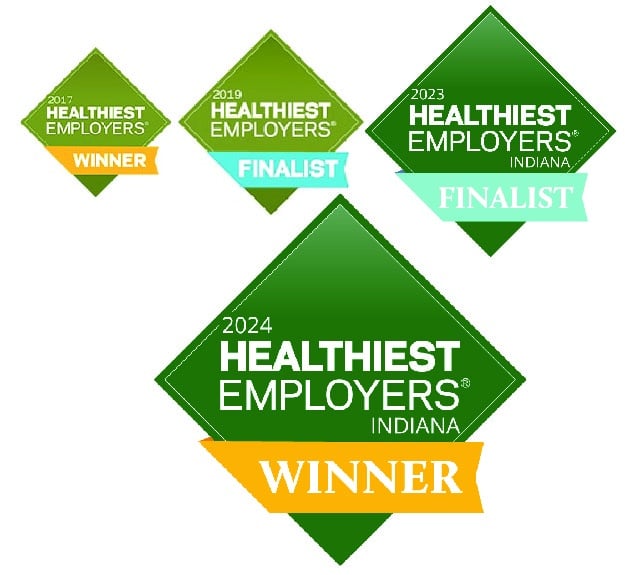Proposed Rule Would Expand Options for HRAs

Overview
On Oct. 23, 2018, the Departments of Labor (DOL), Health and Human Services (HHS) and the Treasury (Departments) issued a proposed rule that would expand the usability of health reimbursement arrangements (HRAs). Effective in 2020, the proposed rule would:
- Allow HRAs to be used to reimburse the cost of individual market premiums on a tax-preferred basis, subject to certain conditions; and
- Allow employers that offer traditional group coverage to provide an HRA of up to $1,800 per year (as adjusted) to reimburse certain qualified medical expenses.
This proposed rule was issued in response to a directing federal agencies to expand access to HRAs.
Action Steps
The rule is proposed to be effective for plan years beginning on and after Jan. 1, 2020. Comments on the proposed rule will be accepted until Dec. 28, 2018.
In the meantime, employers can consider whether they could make use of either of these HRA options for employees.
Background
On Oct. 12, 2017, President Donald Trump issued an executive order that directed the Departments to consider expanding the availability of HRAs and allowing HRAs to be used in conjunction with individual health insurance coverage.
HRAs are tax-favored, employer-funded accounts that reimburse employees for health care expenses. Under current regulations, HRAs cannot reimburse employees for the cost of individual health coverage. This proposed rule is part of the Departments’ efforts to implement the executive order’s directives.
HRAs and Individual Coverage
The proposed rule would allow HRAs to be integrated with individual insurance coverage for purposes of compliance with the Affordable Care Act (ACA), eliminating the existing prohibition on this type of arrangement. This means that HRAs could be used to reimburse employees for the cost of individual health coverage on a tax-preferred basis, if the following conditions are met:
- The HRA must require that the participant and any dependents are enrolled in individual health coverage for each month that the individual(s) is covered by the HRA;
- A plan sponsor that offers an HRA integrated with individual health coverage to any class of employees may not also offer a traditional group health plan to the same class of employees;
- If a plan sponsor offers an HRA integrated with individual health coverage to any class of employees, the HRA must generally be offered on the same terms to all participants within the class;
- Participants must be allowed to opt out of and waive future reimbursements from the HRA at least annually (and, upon termination of employment, either the amounts remaining in the HRA are forfeited or the participant is allowed to permanently opt out of and waive future reimbursements);
- The HRA must implement and comply with reasonable procedures to verify that participants and dependents are (or will be) enrolled in individual health insurance coverage for the plan year.
These conditions are intended to mitigate the risk that health-based discrimination could increase adverse selection in the individual market, and include a disclosure provision to ensure that employees understand the benefit. Under this disclosure requirement, an HRA must provide written notice to eligible participants including, among other things, the following information:
- A description of the terms of the HRA, including the amounts newly made available as used in the affordability determination under the Code Section 36B proposed regulations;
- A statement of the participant’s right to opt out of and waive future reimbursement under the HRA;
- A description of the potential availability of the premium tax credit for a participant who opts out of and waives an HRA if the HRA is not affordable under the proposed premium tax credit regulations; and
- A description of the premium tax credit eligibility consequences for a participant who accepts the HRA.
The HRA must provide the written notice to each participant at least 90 days before the beginning of each plan year (or no later than the date the participant is first eligible to participate in the HRA, for participants who are not eligible to participate at the beginning of the plan year).
The Departments are concerned that allowing HRAs to be integrated with individual health coverage could cause employers to encourage higher risk employees (that is, those with high expected medical claims) to obtain individual market coverage, instead of enrolling in the employer-sponsored plan, to reduce the cost of offering the employer-sponsored plan to lower risk employees. As a result, the proposed rule would add protections to prevent a plan sponsor from steering participants or dependents with adverse health factors away from the employer-sponsored plan and into the individual market.
Excepted Benefit HRAs
In addition, the proposed rule would expand the definition of limited excepted benefits by establishing certain types of HRAs that would qualify as excepted benefits that are not subject to some ACA requirements (called an “excepted benefit HRA”). This change would allow employers offering traditional employer-sponsored coverage to offer an HRA of up to $1,800 per year (indexed annually for inflation) to reimburse an employee for certain qualified medical expenses, including premiums for:
- Individual health coverage that consists solely of excepted benefits (such as stand-alone vision and dental plans, accident-only coverage, workers’ compensation coverage or disability coverage);
- Coverage under a group health plan that consists solely of excepted benefits;
- Short-term, limited-duration insurance plans; and
- COBRA coverage.
However, an excepted benefit HRA cannot reimburse premiums for individual health coverage, coverage under a group health plan (other than COBRA or other group continuation coverage), or Medicare parts B or D.
Related Regulations
A number of additional provisions were also included in the proposed rule relating to the proposed expansion of HRAs, including the following:
- The IRS proposed rules regarding premium tax credit eligibility for individuals offered coverage under an HRA integrated with individual health insurance coverage. Generally, an individual who is covered by an HRA integrated with individual health coverage is ineligible for the premium tax credit.
- The DOL proposed a clarification to provide plan sponsors with assurance that the individual health coverage, the premiums of which are reimbursed by an HRA, does not become part of an ERISA plan, provided certain conditions are met.
- HHS proposed rules that would provide a special enrollment period in the individual market for individuals who gain access to an HRA integrated with individual health coverage.
Impact for Employers
According to the Departments, the proposed rule is intended to provide a more affordable and manageable option for employers that have struggled to offer health coverage to their employees. As a result, the Departments anticipate that the proposed rule could dramatically increase the choices of coverage available for workers and their families.
Comments on the proposed rule will be accepted until Dec. 28, 2018. The rule, if finalized, is proposed to be effective for plan years beginning on and after Jan. 1, 2020.
Original article from Conner Insurance.












